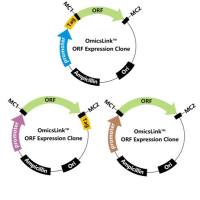The Sodium-Hydrogen Exchange System in the Heart: A Target for the Protection of the Ischemic and Reperfused Heart and Inhibition of Heart Failure
Sodium-hydrogen exchange (NHE) is among the most important processes involved in pH regulation in the cardiac cell, especially under ischemic conditions. There is now excellent evidence that stimulation of NHE contributes to paradoxical induction of cell injury. The mechanism for this is related to the fact that activation of the exchanger is closely coupled to sodium influx and, therefore, to elevation in intracellular calcium concentrations through the Na−Ca exchange. The NHE is exquisitely sensitive to intracellular acidosis,however, other factors can also stimulate the exchanger through phosphorylation-dependent as well as independent processes. Seven NHE isoforms have been identified and designated as NHE-1 through NHE-7. NHE-1 to NHE-5 are found in the cell membrane, whereas NHE-6 and NHE-7 are located intracellularly. NHE-1 is the major subtype in the mammalian myocardium. The predominance of NHE-1 in the myocardium is of some importance because pharmacological development of NHE inhibitors for cardiac therapeutics has concentrated specifically on those agents that are selective for NHE-1. These agents, as well as the earlier nonspecific amiloride derivatives have now been extensively demonstrated to possess excellent cardioprotective properties. The salutary effects of NHE inhibitors have been demonstrated using a variety of experimental models as well as animal species, suggesting that the role of the NHE in mediating injury is not species-specific. The success of NHE inhibitors in experimental studies has led to clinical trials for the evaluation of these agents in high-risk patients with coronary artery disease as well as in patients with acute myocardial infarction.
![预览]()






